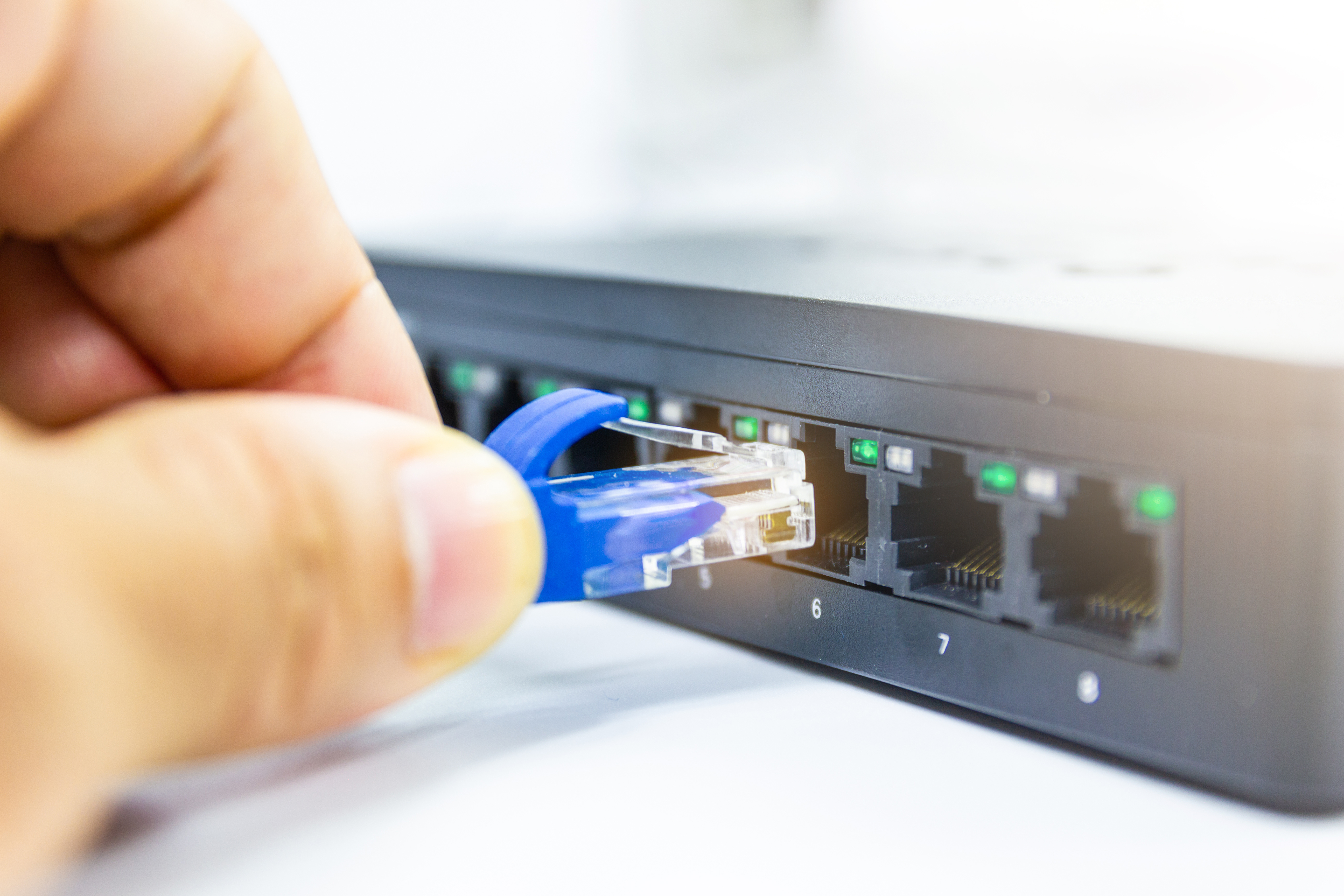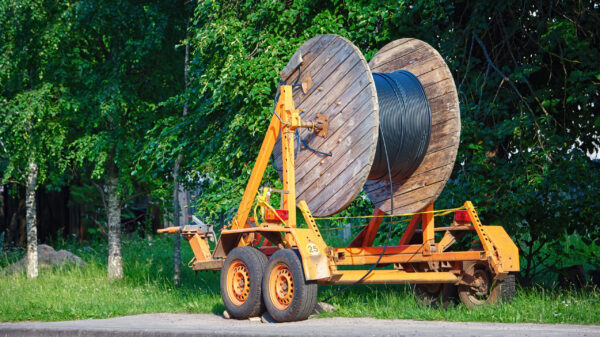|
Getting your Trinity Audio player ready...
|
Congresswoman Terri Sewell, D-Alabama, announced that the United States Department of Agriculture (USDA) is investing $34,781,800 to increase broadband connectivity and internet services throughout Lowndes County. This funding is a part of USDA’s ReConnect Program and will be used to connect a prospective 4,646 people, 154 farms, 96 businesses, and three public schools to high-speed internet in Lowndes County.
“As we saw during the COVID-19 pandemic, access to reliable high-speed internet is critical to the success of our communities,” Sewell said. “This $34 million investment represents a major step forward in our continued effort to connect rural Alabamians with broadband. I’m proud to partner with USDA Rural Development to ensure that Alabamians everywhere have access to the internet connectivity they need and deserve.”
“Communities across rural Alabama need access to high-speed internet in order to participate in the modern digital landscape,” said USDA Rural Development Alabama State Director, Nivory Gordon. “Whether it is for learning, conducting business, connecting with loved ones, or providing services which are not available locally, the lack of high-speed internet access has a direct impact on the quality of life for our rural families. That’s why we here at USDA are working with high-speed internet providers to continue to connect rural Alabama to the world.”
Hayneville Telephone Company will use a grant of $34,781,800 to deploy a fiber-to-the-premises network to connect 4,646 people, 154 farms, 96 businesses and three public schools to high-speed internet in Lowndes County, Alabama. Hayneville Telephone Company Inc. will make high-speed internet affordable by participating in the FCC’s Affordable Connectivity and Lifeline programs. This project will serve socially vulnerable communities in Lowndes County. The grant announced today comes from the third funding round of the ReConnect Program.
To be eligible for ReConnect Program funding, an applicant must serve an area that does not have access to service at speeds of 100 megabits per second (Mbps) (download) and 20 Mbps (upload). The applicant must also commit to building facilities capable of providing high-speed internet service with speeds of 100 Mbps (download and upload) to every location in its proposed service area.






















































